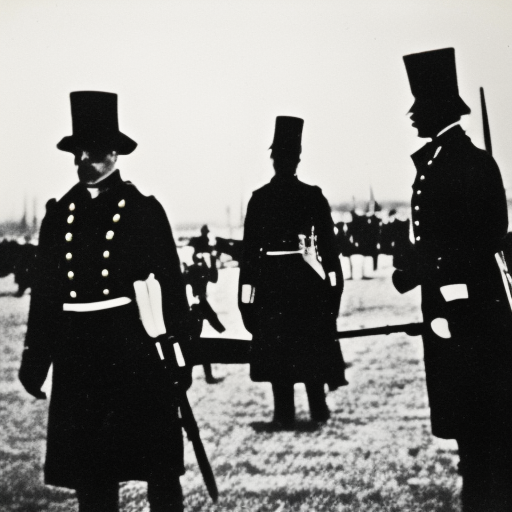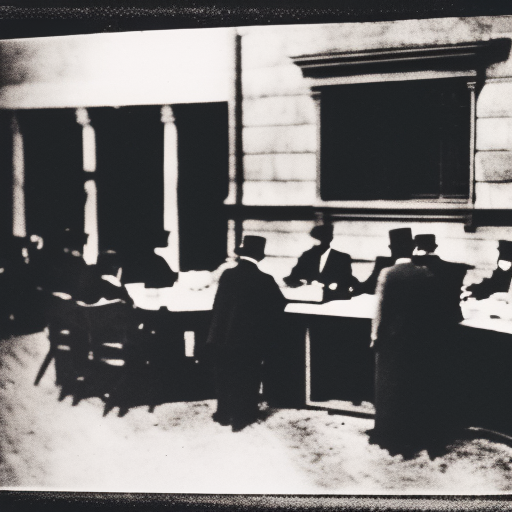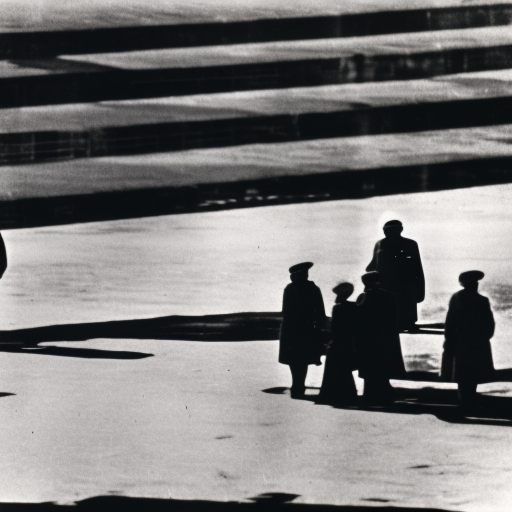The Cold War was a period of political tension and rivalry between the United States and the Soviet Union, characterized by ideological conflicts and the threat of nuclear war.
The Marshall Plan (1948) Explained
The Marshall Plan was a US initiative to provide economic aid to war-torn Europe after World War II.
The War of 1812 Explained
The War of 1812 was a conflict between the United States and Great Britain that took place from 1812 to 1815.
The XYZ Affair and the Quasi-War (1798-1800) Explained
The XYZ Affair and the Quasi-War were a series of diplomatic and military conflicts between the United States and France during the late 18th century.
The Zimmermann Telegram (1917) Explained
The Zimmermann Telegram was a secret message sent by Germany to Mexico during World War I, proposing a military alliance against the United States.
The Ostend Manifesto (1854) Explained
The Ostend Manifesto was a controversial document that advocated for the acquisition of Cuba by the United States in 1854.
The Adams-Onís Treaty (1819) Explained
The Adams-Onís Treaty of 1819 resolved territorial disputes between the United States and Spain, leading to the acquisition of Florida and the establishment of the western boundary of the United States.
The Hartford Convention (1814) Explained
The Hartford Convention was a meeting of New England Federalists during the War of 1812, where they discussed their grievances and proposed amendments to the U.S. Constitution.
The Teller Amendment (1898) Explained
The Teller Amendment (1898) was a legislative measure that declared the United States would not annex Cuba after the Spanish-American War.
The Platt Amendment (1901) Explained
The Platt Amendment was a provision that granted the United States control over Cuba’s foreign affairs and territory after the Spanish-American War.
The SALT Treaties Explained
The SALT Treaties were a series of agreements between the United States and the Soviet Union aimed at limiting the proliferation of nuclear weapons.
The Brinkmanship during Cold War Explained
The Brinkmanship during Cold War was a strategy of pushing the limits of conflict without engaging in direct military action, used by the United States and Soviet Union to maintain a balance of power.




















